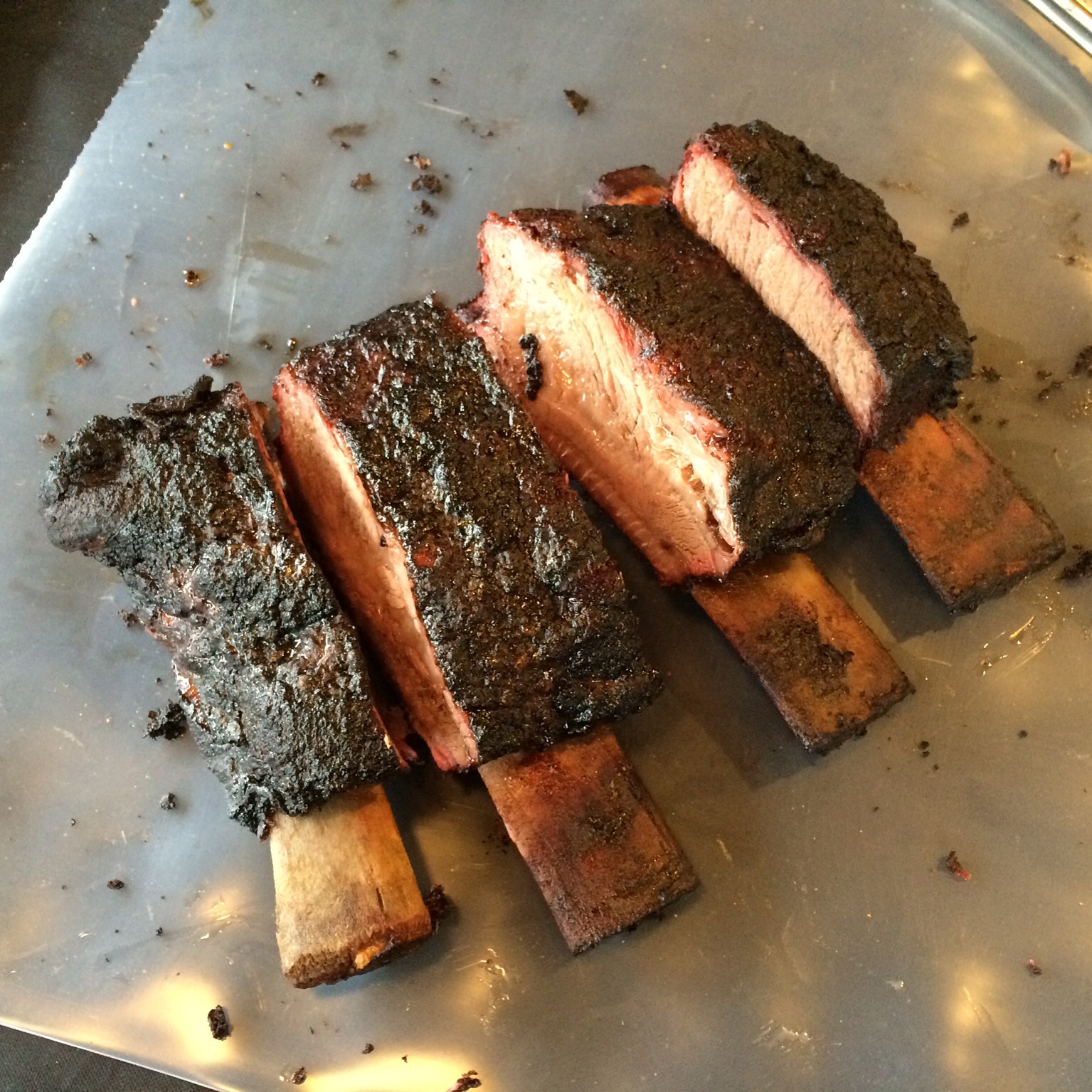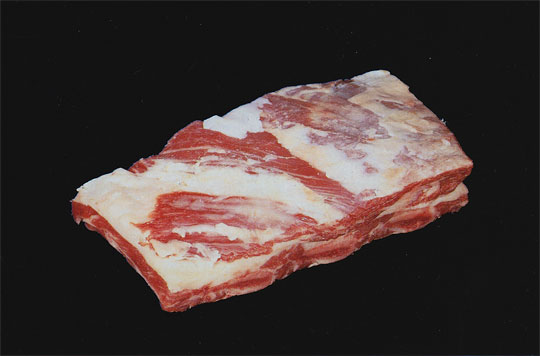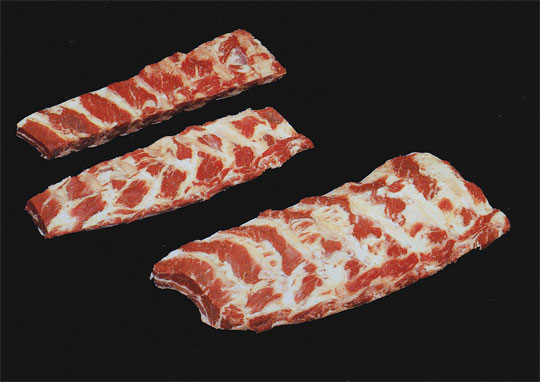A B C’s of Beef Rib Cuts for Beginners.
Traveling the World over the last 8 years doing BBQ Schools in the USA & Australia, it amazes me how many different names that there are for Beef ribs and the confusion it causes students in selecting the right cut of beef rib to smoke or grill.
I have complied data from different websites in this Blog to help eliminate some of the confusion on selecting the right cuts for the desired cook.
There are several types of beef ribs you’ll encounter at the meat market. In addition,there are different methods in which they’re cut and packaged. Of course, butchers tend to call some of these cuts by several names, adding more confusion to the novice shopper.
Unlike pork ribs, beef ribs have less fat than pork. While the fat in pork ribs act as a basting method, beef ribs will need more of your attention to keep them moist and tender. Keep one thing in mind when choosing beef ribs…the toughest cuts offer the best flavor. If you love the hearty flavor that beef offers, beef ribs are well worth the extra effort. Understanding the various types of beef ribs will help guarantee a perfect succulent beef rib.
Basically, there are two types of beef ribs, back ribs and short ribs. A steer has 13 ribs on each side. Starting at the front of the cow (see above illustration), the first 5 ribs are in the chuck cut. The next 7 ribs are part of the rib section and extend down into the short plate. The remaining rib is in the loin cut. As you might imagine, these cuts vary quite a bit from one end of the steer to the other. They vary not only in flavor, but in texture as well.
Back ribs are what you get when a rib roast (Prime Rib) is removed from its bones. That rib roast meat fetches top dollar, so it makes sense that most of the meat stays with the roast or steaks, and very little is left on the ribs, but they do have some great stuff between the bones. Back ribs make excellent barbecue.
Short Plate ribs or Loaded beef ribs, which are cut from the lower portion of the rib cage and often have a nice layer of fat-laced meat sitting on top. The challenge is finding ones that would live up to the beef rib expectations. More often than not, the short ribs I came across were cut into small, individual bone portions, with wildly varying amounts of meat on them. I have found that you will not find the loaded beef ribs at the standard grocery or big box store but I can always rely on the local specialty butcher to get me the cut.
Chuck Short Ribs come from right under the chuck from the first to the fifth rib, and can also go by the name Flanken Ribs.
Other names which Beef Short Ribs go by include: braising ribs, crosscut ribs, English short ribs, Korean short ribs.
Short Beef Ribs:

This is most common cut that you will see at a big box store or grocery store, not ideal for smoking great for braising.
Plate Short Ribs, Un-Trimmed
This cut consists of the rib and plate sections, and will contain at least 2, but no more than 5 ribs. They are rather fatty but meaty and are also known as pony-bock ribs (British), costine de pancia (Italian), costillas cortas (Spanish), côtes de plat (French).
Plate Short Ribs, Trimmed
Similar to the untrimmed Plate Short Ribs, this version removes the latissimus dorsi muscle, and its exterior fat cover.
Short Ribs, Lean
This is just like the other varieties of Plate Short Ribs, but the layer of fat has been trimmed extensively.
Short Ribs, Boneless
This is the Plate Short ribs sans bones and intercostal meat.
Back Ribs
Back Short Ribs are the most expensive form of short ribs and are cut from the rib primal after the rib has been removed. They are more tender but have less meat. This cut is sometimes called “Dinosaur Ribs,” costata (Italian), costillas del lomo (Spanish), côtes de basse (French).
More information on beef cuts check Chefs-resources Website
Video On Trimming Beef Ribs for Smoker or Grill
Texas-Style Beef Short Rib Recipe
(Brisket on a Stick)
- Begin by removing the fat and the very tough silver skin from the top of the meat.
- Remove the membrane from the exposed side of the bones.
- After stripping the membrane from the back of the beef ribs, layer Three Little Pig’s Texas Beef Rub & Memphis rub on Top of the beef ribs and using a Jaccard tenderizer, drive the rub down into the beef rib, flip rib over and tenderize between each bone.
- Setup your smoker/grill to 250-275 degrees.
- Put the beef ribs on, bone side down, and add your choice of wood, I prefer wild cherry and pecan for beef ribs.
- You will not need to add more wood and you will not need to turn the meat over. Cook bone down all the way. The exact length of the cook depends on variables such as the composition of the meat and fuels being used.
Estimated Cooking times:
1″ thick meat should hit 205°F – 210°F in about 4 hours.
1.5″ thick meat should hit 205°F – 210°F in about 6 hours.
2″ thick meat should hit 205°F – 210°F in about 8 hours.
Chris Marks (CBBQE) Cheif BBQ Expert Three Little Pig’s BBQ Rubs/Sauces .














Pingback: Oven Baked Beef Ribs Recipe - West Via Midwest
Pingback: Smoked Beef Short Ribs | The Frayed Apron
Pingback: Types of Beef Ribs - Smoked BBQ Source
Pingback: Delicious! Vegetable Beef Soup In The Instant Pot – The 2 Spoons